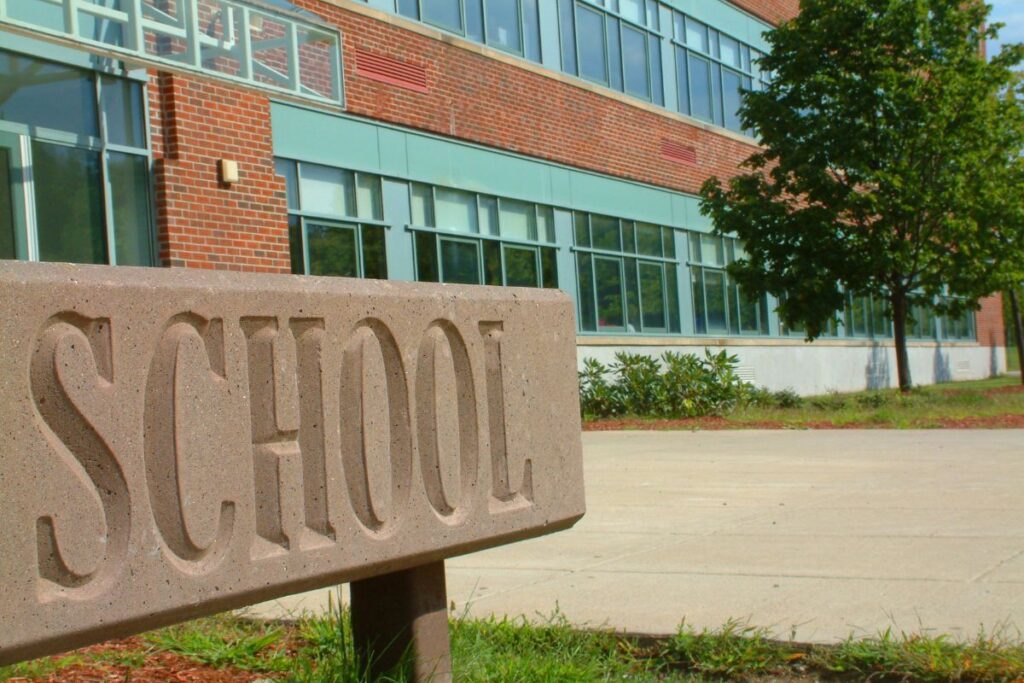Brighton & Hove City Council has approved closures at two primary school sites, St Bartholomew’s Church of England and the Valley Campus of Hove Park School, effective August 2025. The Brighton School Closure Decision is one sign among many of dwindling pupil numbers, tighter budgets, and deeper trends affecting schools across England.
The Numbers Behind the Closure
Recent data from the council highlights an urgent situation. For the 2025–26 school year, only 1,787 children are entering Reception, yet there are 2,610 places available. That leaves over 800 empty spots, and school buildings don’t shrink just because fewer children arrive.
Meanwhile, the Valley Campus has dropped from 1,214 pupils in 2021 to around 1,051 in summer 2024, yet its capacity remains at 1,604. Similarly, St. Bartholomew’s is at just 96 pupils, leaving nearly half its places unused.
Financially, the picture is grim. Brighton maintains 61 state-run schools, and 33 are operating at a deficit, most of them primaries. Funding follows children, and empty classrooms can’t pay for heating, staff, or building upkeep. Closing underused schools helps ensure the rest remain fair and well-resourced.
The Journey to Closure
This decision wasn’t sudden. The council issued statutory notices in early 2024, and an extensive consultation followed between April and June last year. Community sessions and web surveys brought about 1,500 written responses, and 385 parents, teachers, and residents spoke out against the plan.
Worried families lobbied for smaller class sizes, resource sharing, or school consolidations. In the end, councillors voted in May 2025 to close them down, saying the resources needed to be directed to schools where there was demand.
City Council leaders opined that closing a school is never easy. Labour members noted that keeping empty classrooms open drains budgets from all schools. Green councillors warned the city would be left with a bill of £1.5 million to cover the closure. But nearly all said the long-term gain lay in stronger, better-financed schools.
What This Means for Local Families
For students at both locations, change is on the way. The council claims there is space at schools nearby, such as St. Mary Magdalen’s and St. Joseph’s. They have also promised help with travel, uniforms, and adapting to a new school.
That said, families are rightfully worried. School commutes that are longer can disrupt daily routines and cost money. Children might miss friends and familiar teachers.
In late 2024, people power failed to save the school, with the revered institution closing… less than a year after parents started a petition to try to save St. Joseph’s. They said the small local schools are not simply buildings; they’re also community hubs, with successive generations growing up in them and with parents forming friendships, meeting at the gates, and building support networks. These voices highlight the emotional cost of closing a school.
A Wider Trend Across England
Brighton’s story is part of a bigger national trend. School rolls have been falling sharply. Government data predicts around 436,000 fewer pupils in England between 2022 and 2029, pulling approximately £1 billion from the school system. Brighton’s drop has been more severe: a 22% fall in under-fives since 2011.
Other areas, such as parts of London, have seen even sharper declines. It’s a regional challenge based on shifting birth rates, housing patterns, and demographics that shows little sign of reversing before 2027.
How the Council Is Helping
To ease transitions, Brighton set up a “transition support team” made up of education staff, headteachers and parent representatives. Their job is to guide families through the move: finding new schools, applying for places, working out travel options, and buying uniforms.
Council leader Jacob Taylor stressed that while the closures are sad, finishing them well is vital: better-resourced schools benefit all local children.
Bigger Changes in Planning
Alongside the closures, Brighton is planning other changes for the upcoming years:
- For September 2025, 180 Reception places have been removed across nine schools to better match numbers.
- Catchment areas for secondary schools are being reviewed to spread pupils evenly and improve fairness for children from lower-income families.
- From 2026, additional planned reductions may be made in Primary Admission Numbers (PANs) at other locations to match long-term demand trends.
What Parents Should Know
Brighton has issued key updates for parents:
- Closures take effect August 2025.
- Nearby schools have agreed to accept all current pupils.
- Support is available for uniforms and travel plans.
- For parents applying for children starting Reception in September 2026, the next key date is 15 January 2026, which is the closing date this year
- Anyone unsure can contact the council’s support team for help choosing new schools.
Final Thoughts
This Brighton school closure decision is painful in so many ways. Families lose the go-to for a local school, and communities lose anchor spots. But the decision is also made on hard numbers: Fewer children, fewer resources, impossible choices. The argument from the council is that, by focusing and concentrating funding and support, remaining schools will be stronger and better equipped.
The school system in Brighton is undergoing change as it adjusts to fewer students and tighter budgets. The true challenge is managing these closures well and ensuring that the affected children and families “land” well. The aim is that in doing so, Brighton’s schools will come out of this fairer, more resilient, and sustainable, so that every child in the city gets the best possible start.

